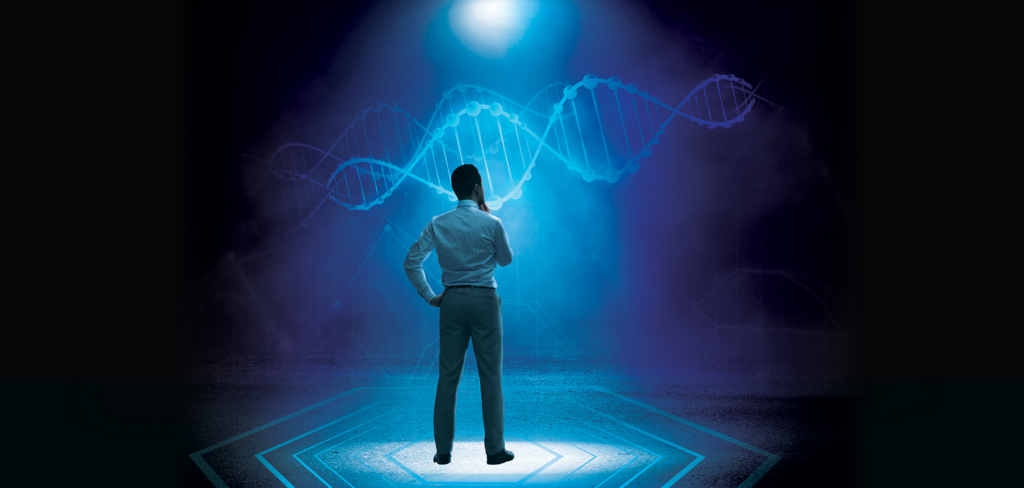Unlocking Chemical Space: The Power of DEL Screening

Most readers will be familiar with the parable of the “drunkard’s search”, in which a drunk person searches for their lost car keys under the glow of a streetlight, not because it is close to where they lost the keys, but because “this is where the light is.” This story is commonly cited in the context of observational bias in the sciences, where one’s training and research tool kit leads them to frame problems in ways that may not be useful for the phenomena at hand. This concept is also captured in the proverb “if all you have is a hammer, everything looks like a nail.” In essence, our tools frame the way we study, explore and ultimately draw conclusions about the world.
I think of hit identification as the ultimate streetlight problem. We know that chemical space is incredibly vast, but our ability to sample it is limited. It is a testament to the diligence and creativity of the screening community that we can find actionable chemical matter from screening merely a few million compounds, considering the mind-numbing numbers of potentially useful compounds that exist in theory (i.e., ten to the power of 60, by one estimate). In my analogy, the area lit by the drunkard’s streetlight represents the size and composition of typical screening collections, and the unlit regions of the street symbolize the remaining untapped vastness of chemical space.
So, what’s the significance? Hit rates of modestly sized screening collections are sufficient to drive successful hit generation in most cases. But what additional value might lie in the “unlit” portions of chemical space? This question occupies many in the DEL community. Our libraries tend to be much larger than typical screening decks, so to continue the analogy, our lit area is much bigger. Does searching larger areas of chemical space yield benefits? Will we discover new ways to ligand proteins? Or will we merely find variations of what we’ve already seen — the same binding problems solved in slightly different ways?
A recent paper published by AZ and X-Chem explores the consequences of searching vaster areas of chemical space. In this Perspective, Collie et al., survey the literature for successful DEL screens where the binding interaction is characterized, typically by X-ray crystallography. Their findings reveal that, in numerous cases, the nature of the protein–ligand interactions is novel, compared to previous discoveries. New protein conformations, previously unknown binding sites and unprecedented interactions are frequently observed. Even for well-studied classes like kinases, the reported DEL hits often present novel aspects in their binding. The authors also demonstrate that these new interactions are not just academic curiosities; they seem to lead directly to highly selective ligands, even for kinases.
Unfortunately for the preparation of this manuscript, what may be the most powerful demonstration of this trend was published too late to be included. In a recent paper published in AACR Cancer Discovery researchers from Relay Therapeutics describe the discovery of a wild-type sparing, pan-mutant selective, allosteric inhibitor of PI3Kα using DEL screening. Notably, structural characterization demonstrated that the compound bound to a novel cryptic pocket, yet again illustrating DEL screening’s power to uncover unprecedented binding modes. This paper also tracked the hit through optimization and into clinical trials, where it demonstrated patient benefits due to its unique selectivity and binding properties.
The conclusion we draw from these observations — at the risk of overextending the analogy — is that there is indeed substantial untapped value in the dark areas of the street. It is there that we find compounds with behaviors distinct from those discovered in the past. In an era of tackling increasingly challenging new drug targets, a bigger streetlamp will prove to be a valuable tool.
The Importance of Selecting the Right CRO Partners for Drug Discovery Success
When it comes to drug discovery and development, having the right team and partners is critical for success. For a...
AI-Powered Building Blocks “ReadiBLOX” for DEL Synthesis
Drug Hunter recently wrote the article “Decoding DNA-Encoded Libraries for Drug Discovery.” Over the past two decades, DEL technology has...